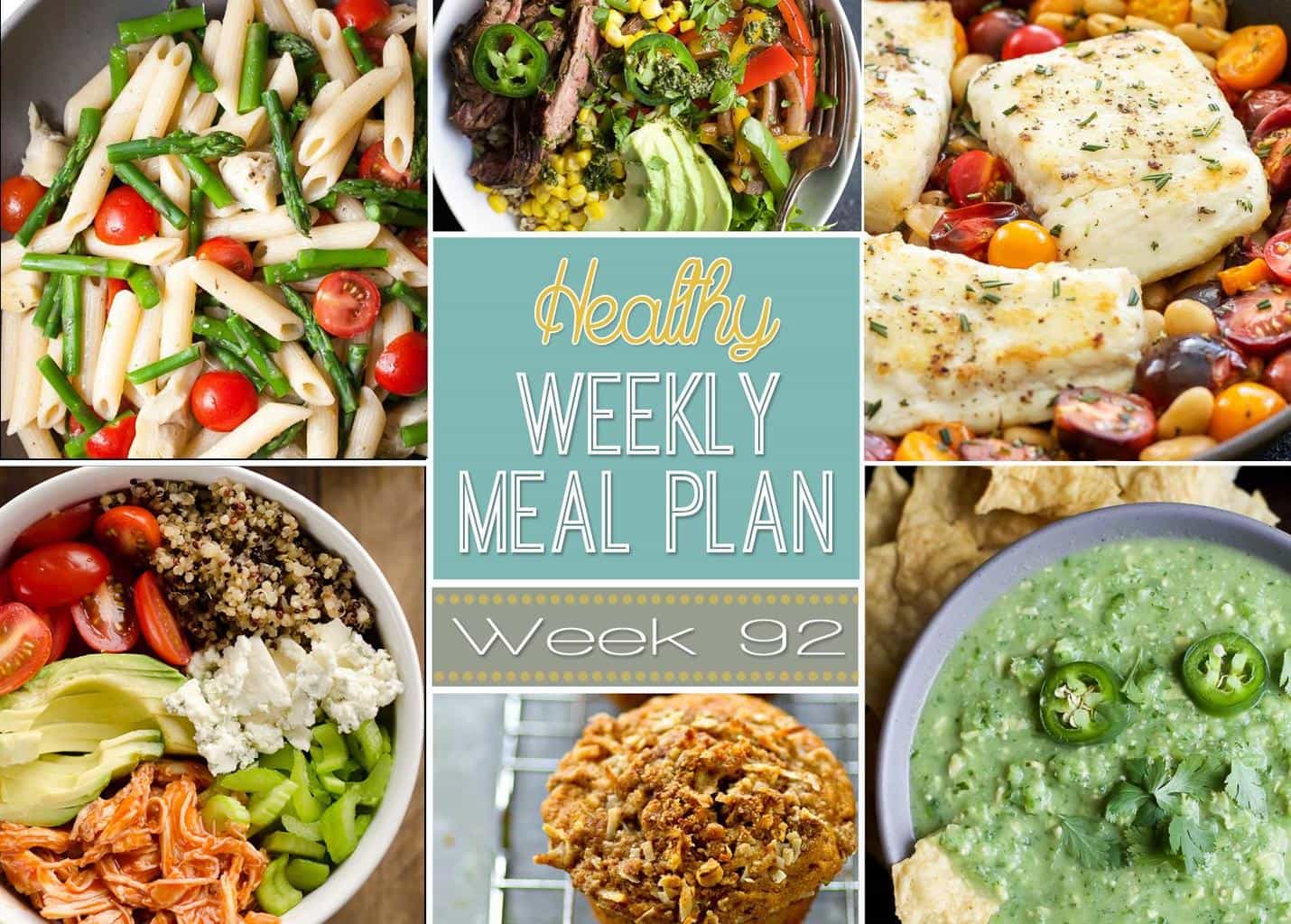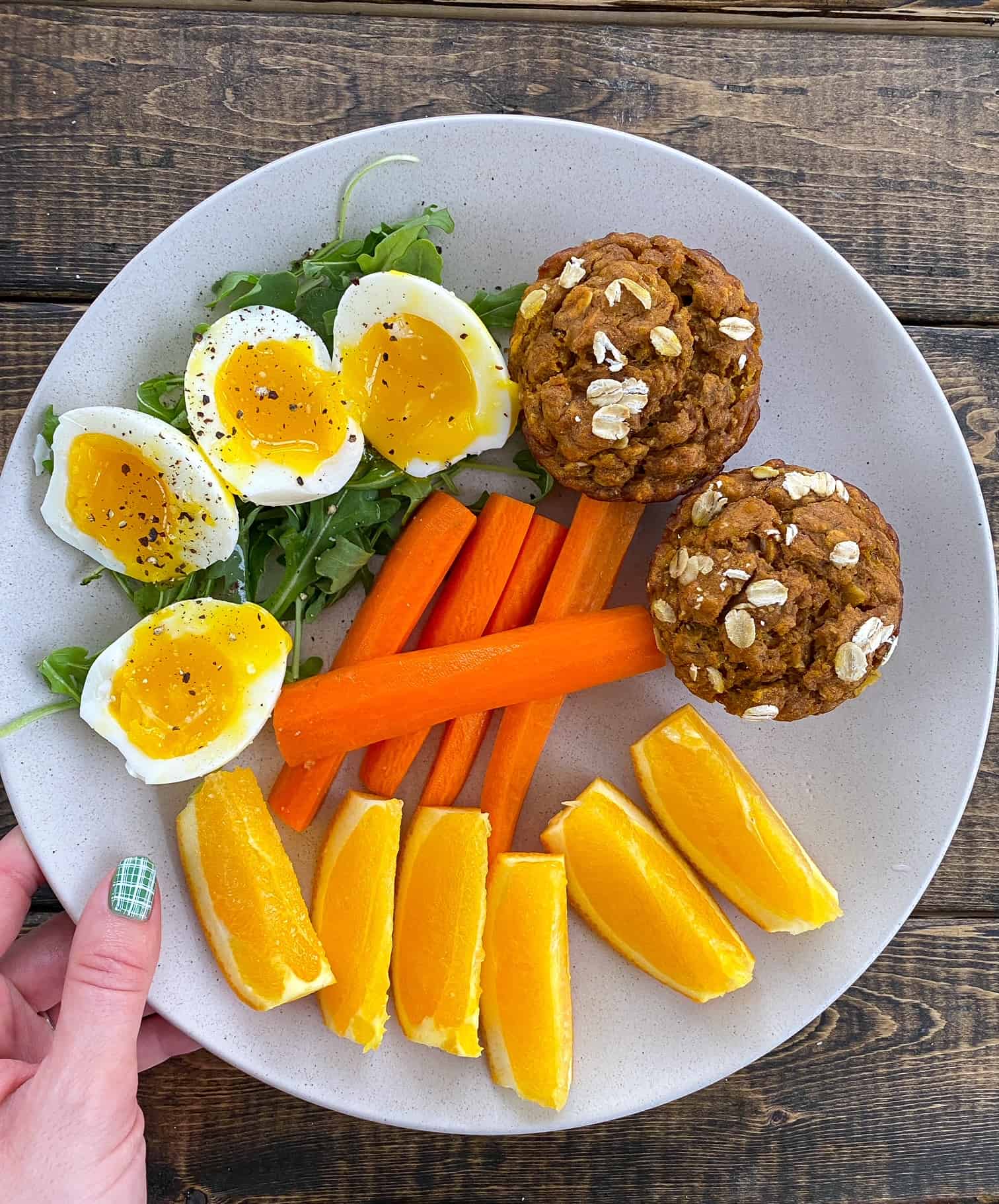Are you tired of jumping from one fad diet to another, only to find that the results don’t last? Or perhaps you’re wondering if there’s a better way to lose weight without resorting to extreme measures? If so, you’re not alone. Many people are discovering the power of meal plans for weight loss — a sustainable, realistic approach that promotes gradual fat loss, boosts metabolism, and improves overall health.
So, how exactly can a meal plan for weight loss help you achieve your goals? Let’s break it down in simple terms.

Why Meal Plans for Weight Loss Matter
The idea behind a weight loss meal plan is simple: it’s about consuming fewer calories than you burn. However, that doesn’t mean you should starve yourself or give up your favorite foods. A well-structured meal plan focuses on portion control, balanced nutrition, and healthier food choices that make it easier to stick to your weight loss goals.
Meal planning can:
-
Control calorie intake: By planning your meals ahead of time, you avoid overeating or indulging in unhealthy snacks.
-
Improve nutrition: Meal plans ensure you’re eating a balanced diet rich in essential nutrients, promoting overall health and wellness.
-
Save time and money: By organizing your meals, you’ll spend less time deciding what to eat and save money by avoiding impulse purchases.
If you’re ready to transform your eating habits and lose weight sustainably, a well-thought-out meal plan is an excellent place to start.
How to Create a Meal Plan for Weight Loss
1. Set Your Calorie Goals
The first step in any weight loss journey is understanding your calorie needs. For most people, losing weight requires a calorie deficit, meaning you consume fewer calories than your body burns. You can calculate your daily calorie needs using online calculators or by consulting with a nutritionist.
A typical starting point for weight loss is reducing your calorie intake by 500 to 700 calories per day. This will help you lose about 1 to 1.5 pounds per week. However, always ensure you’re not dipping below 1,200 calories for women or 1,500 calories for men without medical supervision.
2. Focus on Balanced Meals
A weight loss meal plan should consist of healthy, balanced meals that include:
-
Lean proteins: Chicken, turkey, fish, tofu, eggs, and legumes.
-
Healthy fats: Avocados, nuts, seeds, and olive oil.
-
Whole grains: Brown rice, quinoa, oats, and whole wheat bread.
-
Vegetables and fruits: Aim for a variety of colorful vegetables and fruits to provide essential vitamins, minerals, and fiber.
These nutrient-dense foods will keep you satisfied while promoting fat loss, muscle maintenance, and overall health.

3. Plan Your Meals in Advance
Planning your meals in advance is key to avoiding last-minute, unhealthy food choices. A well-organized meal plan will help you stay on track and prevent you from relying on processed foods or fast food.
Here’s how you can plan your meals:
-
Breakfast: Start your day with a nutrient-packed breakfast that includes protein and fiber to keep you full. Examples: scrambled eggs with spinach, Greek yogurt with berries, or oatmeal with almond butter.
-
Lunch: A balanced salad with greens, protein (grilled chicken or chickpeas), and healthy fats (avocado or olive oil). You could also opt for a quinoa bowl with roasted vegetables.
-
Dinner: Grilled salmon with steamed broccoli and quinoa, or a lean protein stir-fry with mixed vegetables.
-
Snacks: Include healthy snacks like apple slices with almond butter, a handful of nuts, or hummus with carrots.
4. Prepare Your Meals Ahead of Time
Meal prepping is a game-changer for weight loss. By prepping your meals in bulk, you can ensure that you always have a healthy, portion-controlled option available. This eliminates the temptation to grab unhealthy snacks when hunger strikes.
Spend a few hours each week chopping veggies, cooking proteins, and assembling meals. Store them in airtight containers in the fridge or freezer for easy access throughout the week.
5. Stay Hydrated
Water is crucial for weight loss. It aids digestion, controls hunger, and promotes fat burning. Aim to drink at least 8 cups of water daily, and consider swapping sugary beverages with water or herbal tea.
6. Incorporate Physical Activity
While meal planning is key to weight loss, don’t forget about exercise. Combining a healthy meal plan with regular physical activity will accelerate your progress and help you maintain lean muscle mass. Aim for at least 30 minutes of moderate exercise most days of the week.
Popular Meal Plans for Weight Loss
1. The Mediterranean Diet
The Mediterranean diet is a well-known and sustainable approach to weight loss. It emphasizes whole foods, healthy fats, lean proteins, and plenty of fruits and vegetables. This meal plan not only promotes fat loss but also supports heart health and overall well-being.
Sample Mediterranean Day:
-
Breakfast: Greek yogurt with honey, walnuts, and fruit.
-
Lunch: Grilled chicken salad with olive oil dressing.
-
Dinner: Salmon with roasted vegetables and quinoa.
-
Snack: Hummus with carrot sticks or cucumber slices.
2. Low-Carb Meal Plan
If you prefer cutting down on carbs to promote fat loss, a low-carb meal plan may be the right choice for you. By reducing your intake of refined sugars and carbs, your body can shift to burning fat for fuel instead.

Sample Low-Carb Day:
-
Breakfast: Scrambled eggs with spinach and avocado.
-
Lunch: Chicken breast with a side of roasted Brussels sprouts and cauliflower.
-
Dinner: Grilled steak with a side of sautéed green beans.
-
Snack: Almonds or a boiled egg.
3. The 1,200-Calorie Meal Plan
For those with a lower calorie requirement, a 1,200-calorie meal plan can effectively promote weight loss. This plan typically involves smaller, well-balanced meals that keep you full while staying within a calorie deficit.
Sample 1,200-Calorie Day:
-
Breakfast: A smoothie made with almond milk, protein powder, spinach, and berries.
-
Lunch: A turkey and avocado wrap with a side of mixed greens.
-
Dinner: Baked chicken breast with roasted sweet potatoes and steamed broccoli.
-
Snack: A piece of dark chocolate or a small apple.
FAQs About Meal Plans for Weight Loss
1. How many calories should I consume for weight loss?
The ideal number of calories for weight loss depends on your age, gender, activity level, and weight loss goals. Most people need to consume 500-700 fewer calories than their body burns per day to lose 1 to 1.5 pounds per week. It’s important to avoid going below 1,200 calories for women or 1,500 calories for men without medical supervision.
2. How do I stay motivated to follow a meal plan?
Staying motivated requires setting realistic goals, tracking your progress, and finding meals you genuinely enjoy. Celebrate your small wins and be patient with yourself as you adapt to healthier eating habits.
3. Can I eat snacks on a weight loss meal plan?
Yes! Healthy snacks are an important part of a weight loss meal plan. Opt for snacks that are high in protein and fiber, such as fruit with almond butter, a handful of nuts, or veggies with hummus.
4. What are the best foods for weight loss?
The best foods for weight loss are those that are nutrient-dense and low in empty calories. Focus on whole foods like lean proteins, vegetables, fruits, whole grains, and healthy fats. Avoid processed foods and sugary snacks.
5. How can I plan meals for a busy week?
Meal prepping is the key. Set aside a few hours each week to prepare your meals. Cook in bulk and store meals in containers so they’re ready to eat when needed. This saves time and ensures that you’re sticking to your meal plan.
6. Can I lose weight without exercising?
While exercise boosts weight loss, it is possible to lose weight through diet alone by creating a calorie deficit. However, incorporating regular physical activity will help you maintain muscle mass and speed up fat burning.
Embrace Meal Planning for Long-Term Weight Loss
Meal planning for weight loss isn’t just about following a restrictive diet — it’s about creating sustainable habits that work for you. By focusing on nutrient-dense meals, portion control, and consistency, you can reach your weight loss goals while improving your overall health.
Stick with your plan, stay patient, and watch the transformation happen!